15 Common Mistakes Tourists Make While Exploring South America
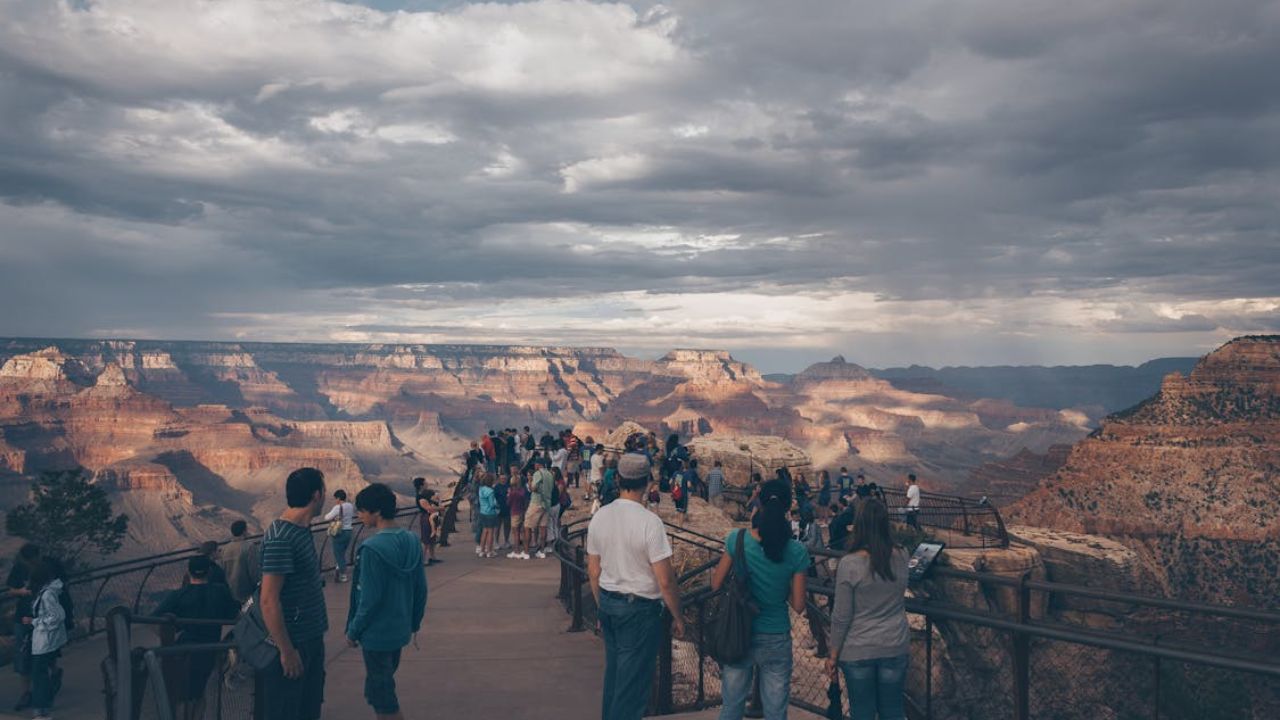
South America is a land of breathtaking landscapes, rich cultures, and unforgettable adventures. But if you’re not prepared, even the most exciting trip can quickly turn stressful. From packing mistakes to cultural slip-ups, first-time travelers often overlook key details that could make or break their experience. This guide covers 15 of the most common mistakes tourists make while exploring South America—plus simple ways to avoid them so you can enjoy every moment of your journey.
Overpacking for the Journey
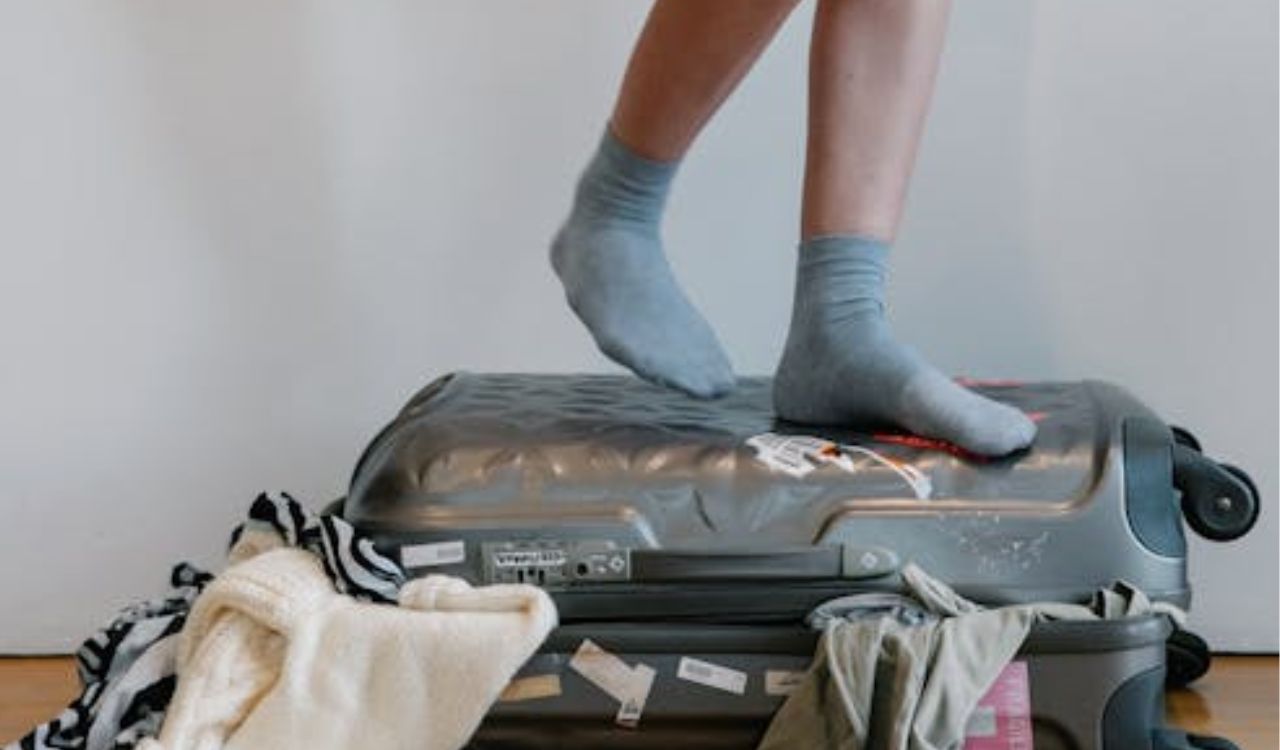
South America’s weather and landscapes change fast—from hot jungles to cold mountain towns. Overpacking makes it hard to move around and can weigh you down, especially if you’re taking long bus rides or hiking. You don’t need a huge suitcase. Instead, pack light and bring clothes you can mix, match, and layer. A pair of comfortable shoes and a light rain jacket are must-haves. Keep it simple—you’ll be glad you did when you’re climbing stairs, catching a bus, or walking through uneven streets.
Ignoring Visa and Entry Requirements
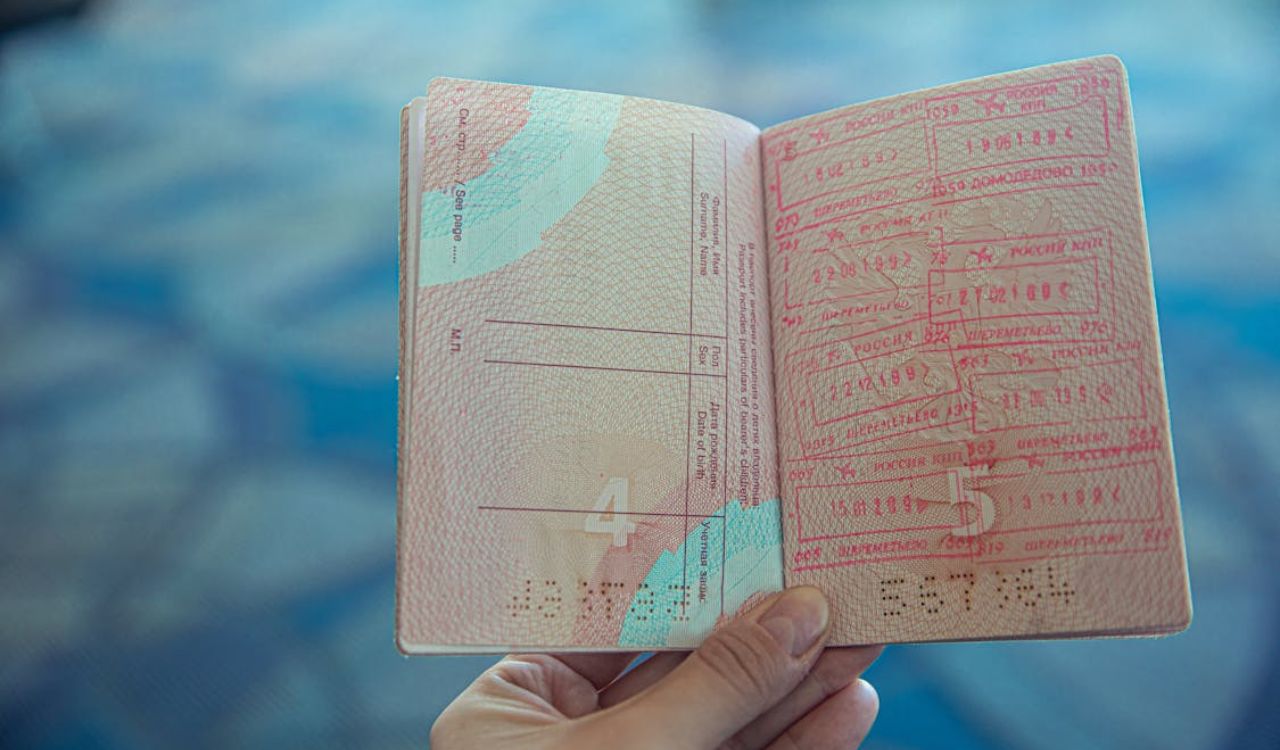
Visa rules vary across South America, and not checking them before you travel is a common mistake. Some countries allow visa-free entry, others don’t. You may need to apply in advance or show proof of onward travel. If you assume you’re good to go and aren’t, it could lead to denied entry or costly changes. Do your homework before crossing any border. A few minutes of research can save you time, money, and a major travel headache at immigration.
Not Informing Your Bank Before Travel
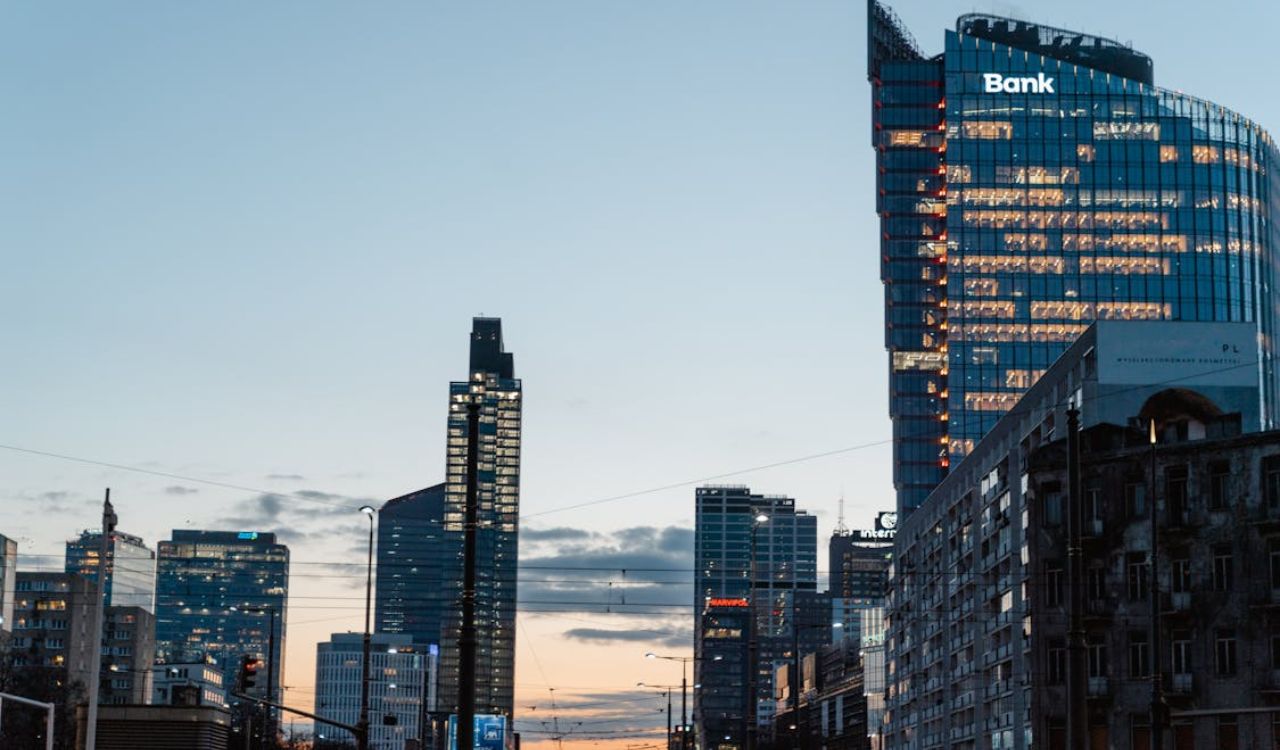
Using your card abroad without notifying your bank can raise fraud alerts, causing your transactions to be blocked. Many tourists have had their cards declined or frozen in the middle of a trip. Always let your bank know about your travel dates and destinations before leaving. It also helps to bring a backup card and keep emergency cash on hand. A simple call to your bank can keep your money accessible and your trip stress-free.
Underestimating the Altitude

Many parts of South America sit high above sea level, and altitude sickness can hit hard—causing headaches, nausea, and exhaustion. Cities like Cusco, La Paz, and Quito are beautiful but challenging if you’re not used to the thin air. Don’t rush into hiking or sightseeing right away. Give your body time to adjust, stay hydrated, and take it slow. A little rest when you arrive can make the rest of your trip a lot more enjoyable.
Relying Only on English
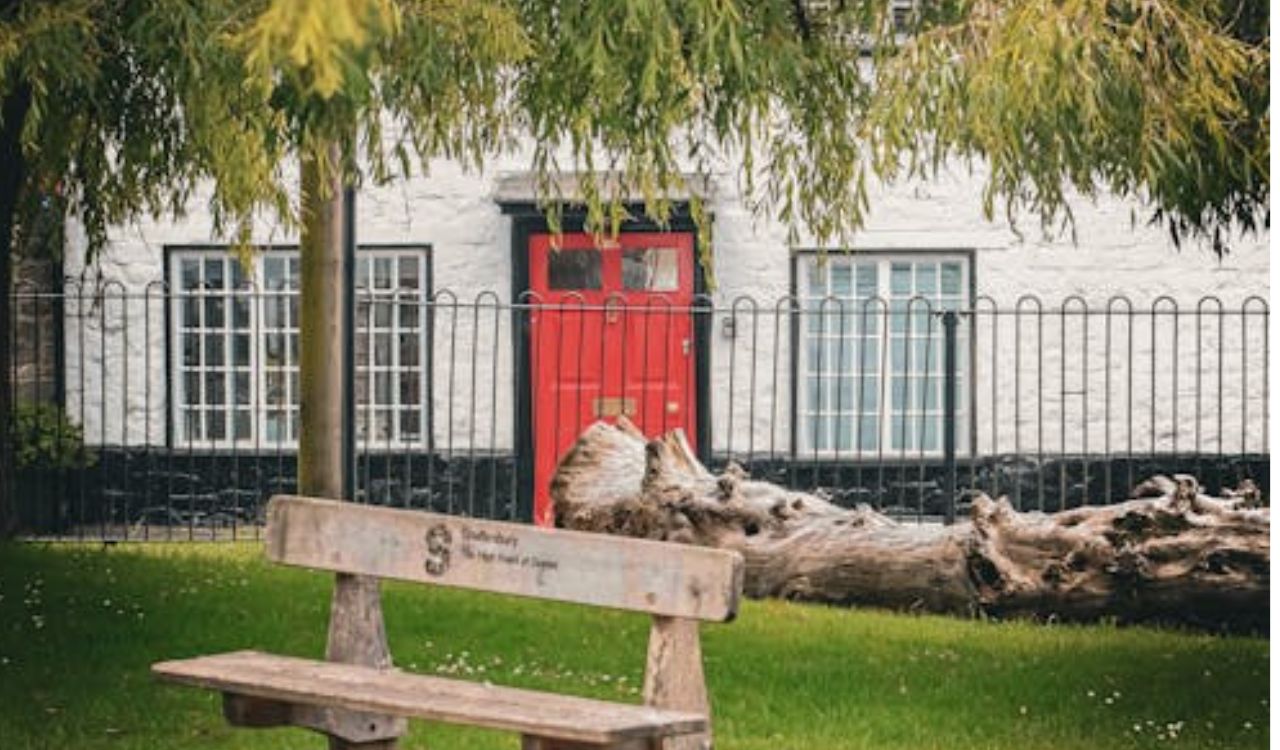
English is not widely spoken in many parts of South America, especially outside tourist areas. If you only speak English, even simple things like ordering food or asking for directions can become frustrating. Learning a few basic phrases in Spanish (or Portuguese in Brazil) goes a long way. Locals appreciate the effort, and it can open doors to better experiences, helpful tips, and warm conversations. A little effort makes travel feel a lot more personal and rewarding.
Drinking Tap Water Without Checking First
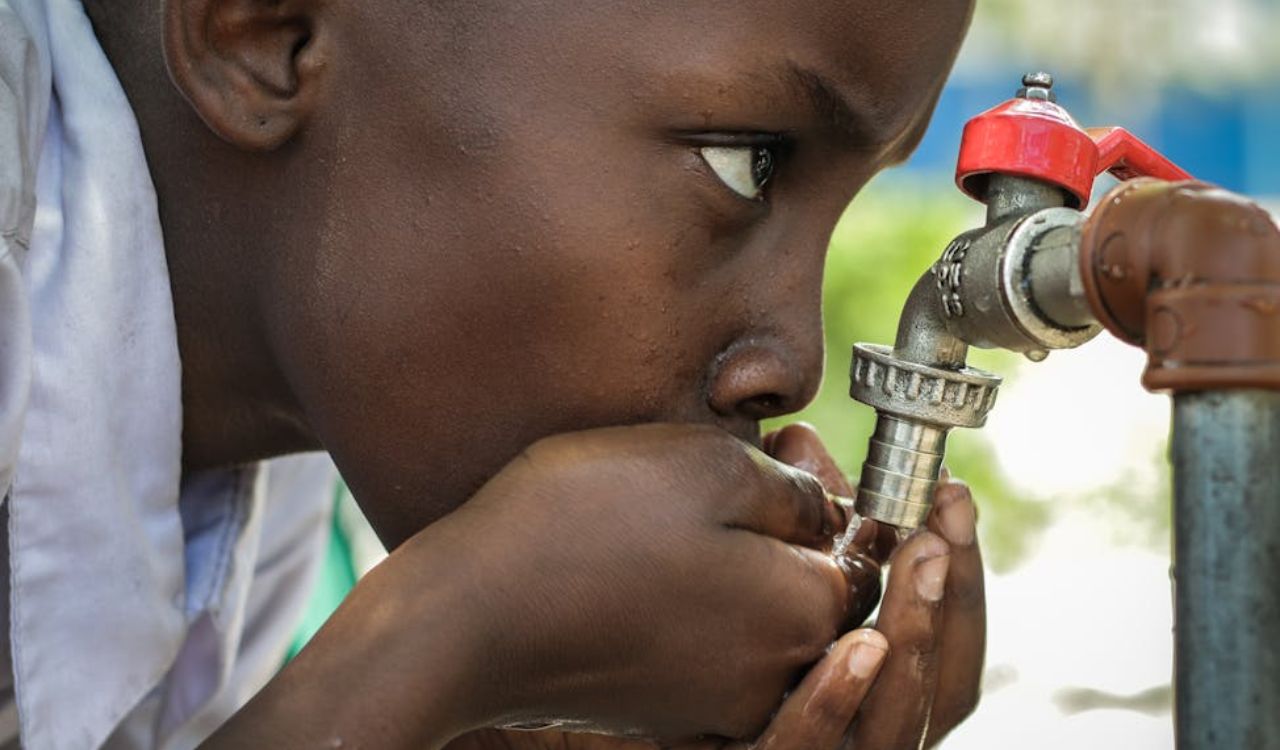
In many South American countries, tap water isn’t safe to drink. Tourists often get sick from brushing their teeth or drinking water they thought was fine. Always check whether the local water is safe before filling your glass. When in doubt, stick to bottled water or use a water purifier. SteriPens and water purification tablets are also great for backpackers. Staying hydrated is important—but only if the water’s clean and safe.
Avoiding Local Street Food

Worried about getting sick, many tourists skip street food—but they’re missing out. South America’s street food is often fresh, affordable, and delicious. Locals eat it every day, and it’s a great way to experience real flavors of the region. Look for busy stalls with high turnover and food that’s made right in front of you. Whether it’s empanadas, grilled meats, or fresh juices, street food is part of the adventure—and often the tastiest part.
Shopping Only at Supermarkets

Supermarkets are easy, but they’re not where the magic happens. In South America, the best food and local finds are in the mercados—vibrant public markets full of fresh produce, spices, handmade goods, and ready-to-eat meals. Prices are lower, and the experience is more authentic. If you’re cooking for yourself or just want to try something new, head to the local market instead. It’s a colorful, lively part of the culture that’s well worth exploring.
Not Budgeting for Unexpected Costs

Even the most careful travelers run into surprise expenses—whether it’s ATM fees, emergency transport, entrance tickets, or gear replacements. If your budget is too tight, these costs can throw off your plans. Always set aside a little extra cash for the unexpected. It doesn’t have to be much, but having a cushion gives you peace of mind. You’ll travel more confidently knowing you’re prepared for whatever comes your way.
Sticking Only to Big Cities
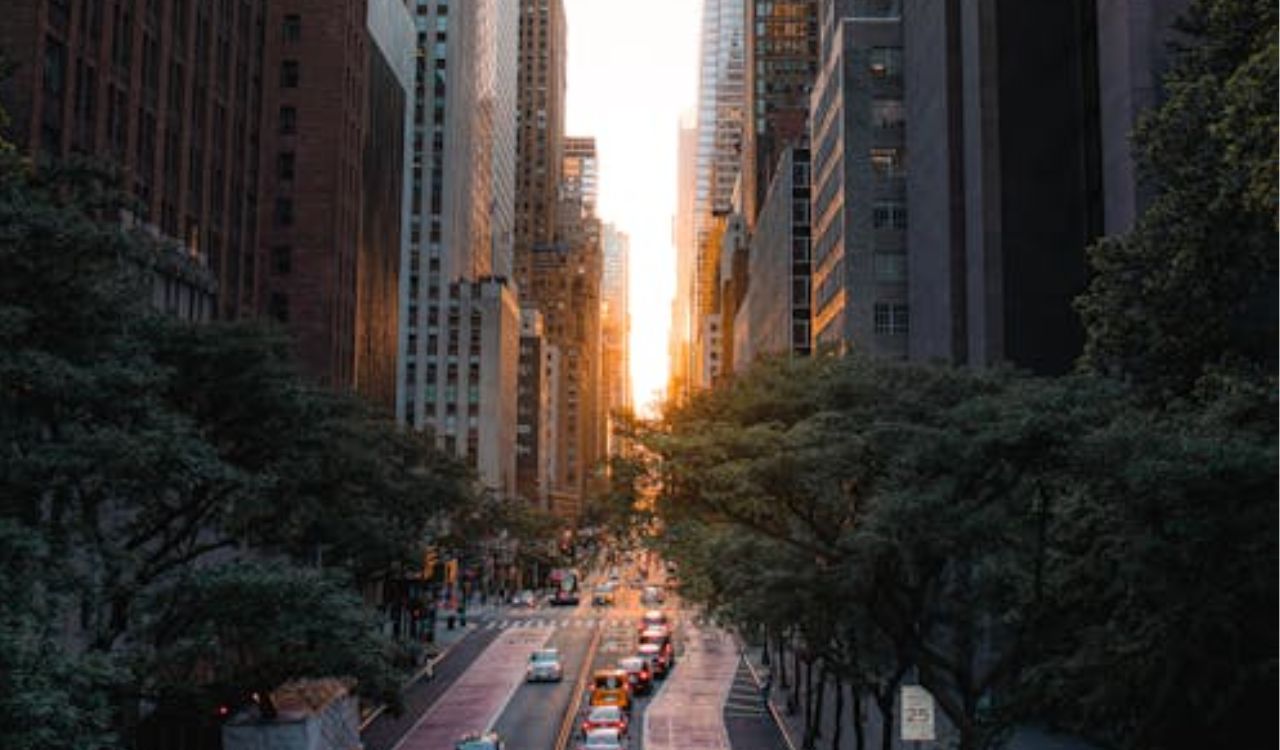
Cities like Buenos Aires, Lima, and Bogotá are amazing—but they’re only part of the story. Some of the most beautiful and culturally rich places are in the small towns and villages. Whether it’s a quiet mountain village, a beachside town, or a jungle community, exploring beyond the big cities shows you a more authentic side of South America. Don’t miss out by staying only in urban areas—venture out and see what’s waiting off the beaten path.
Ignoring Travel Insurance

Many travelers skip insurance to save money, but it’s not worth the risk. In South America, unexpected things can happen—lost luggage, cancelled flights, stolen gear, or sudden illness. Travel insurance helps cover these problems and gives you peace of mind. Choose a plan that covers medical emergencies and theft. It’s one of those things you hope you won’t need, but if something goes wrong, you’ll be very glad you have it.
Overplanning Your Itinerary
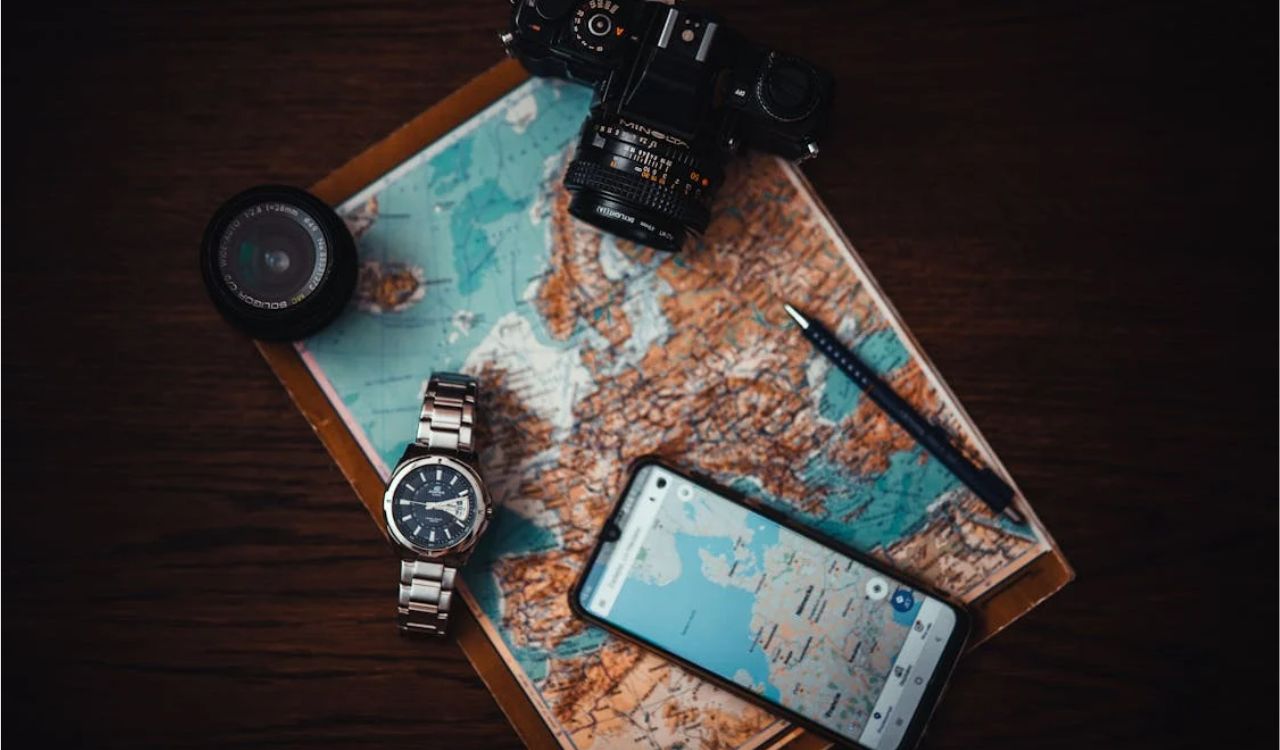
Trying to fit too much into your schedule can leave you stressed and exhausted. South America is best experienced at a slower pace—enjoying each place instead of rushing through a checklist. Transportation delays, weather changes, or simply discovering a place you love might shift your plans. Leave room for flexibility. The best moments often come when you least expect them, and being open to change can make your trip even more memorable.
Trusting Online Reviews Too Much

TripAdvisor and Google Maps can be helpful, but they don’t always tell the full story. In South America, some of the best places to eat or visit won’t be listed online at all. Locals know where the hidden gems are—so ask around, follow where the crowds of locals go, and don’t be afraid to try a place that looks simple. Sometimes, the best meals and most memorable experiences come from taking a chance and trusting your instincts.
Assuming Transportation Will Be On Time
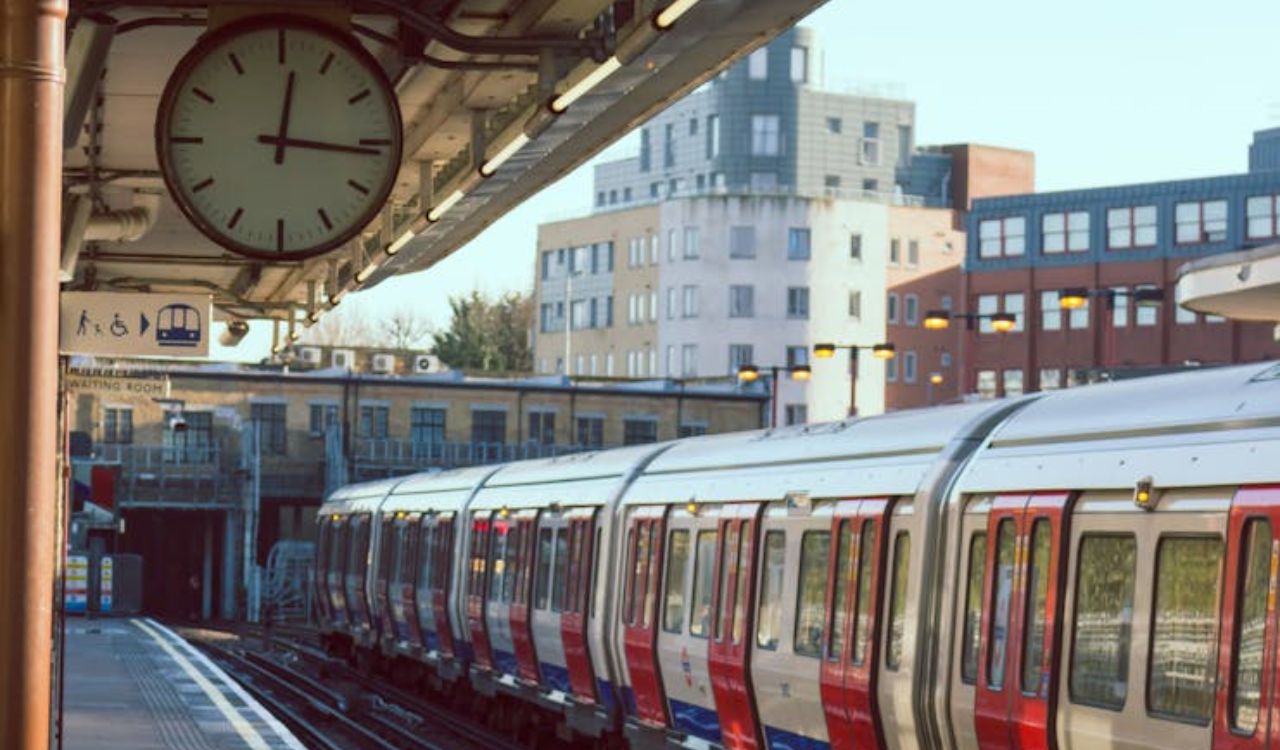
Travel in South America is full of surprises. Buses may run late, trains could be canceled, or traffic might slow everything down. Expect some delays and stay flexible. Don’t plan tight connections or assume everything will go exactly as scheduled. Keep snacks, water, and entertainment with you, and be ready to adjust. Patience is key, and having a relaxed attitude helps you enjoy the ride—even when things don’t go exactly to plan.
Packing Only for Warm Weather
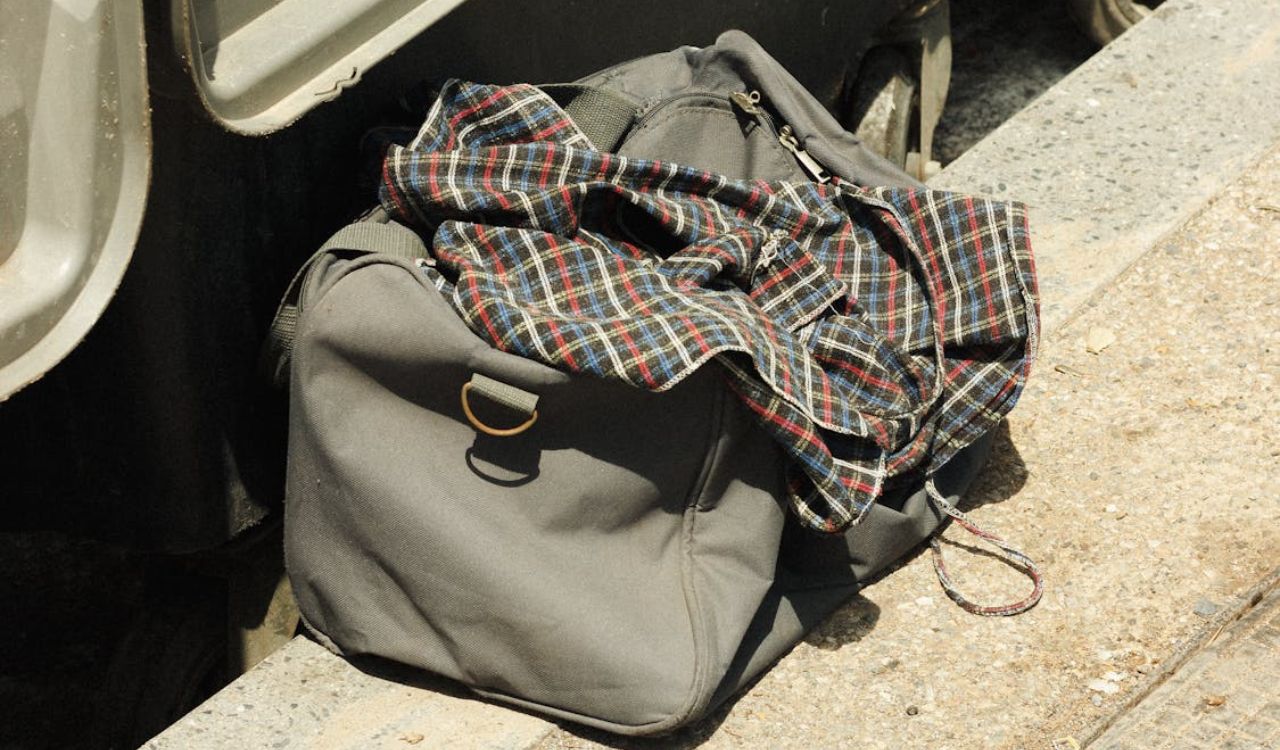
While parts of South America are tropical, others can get cold—especially at night or in the mountains. Many travelers bring only shorts and T-shirts, then shiver through chilly evenings. Be prepared for a mix of climates by packing layers. A hoodie, long pants, and a light jacket can make a big difference. Even in warm countries, weather can change quickly. A little extra planning keeps you comfortable wherever you go.